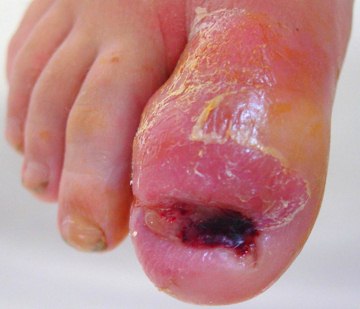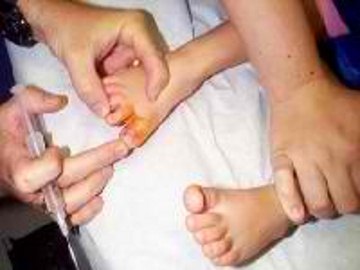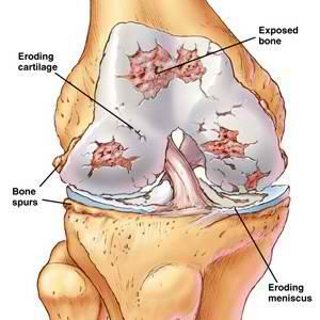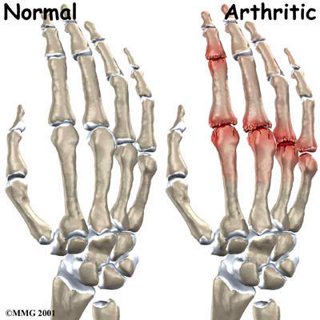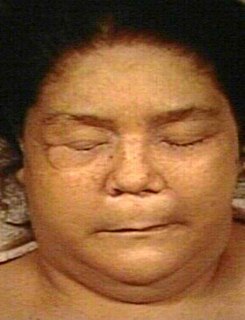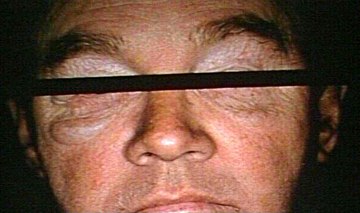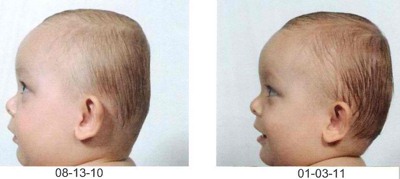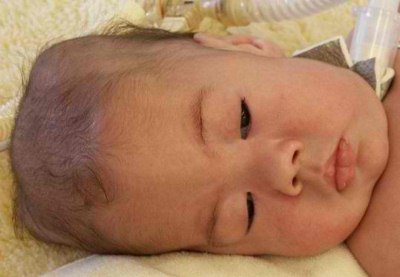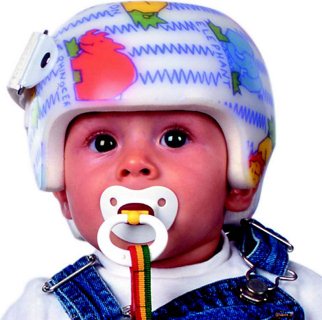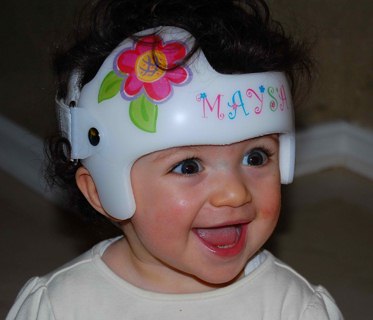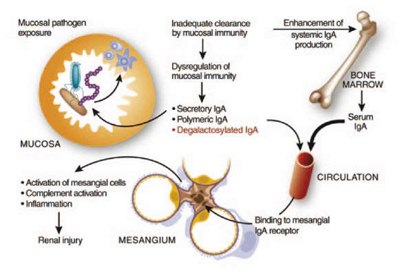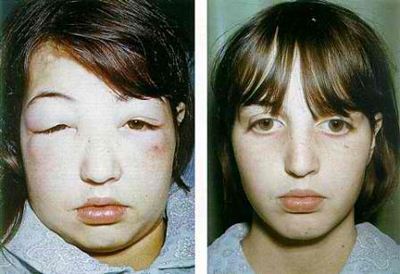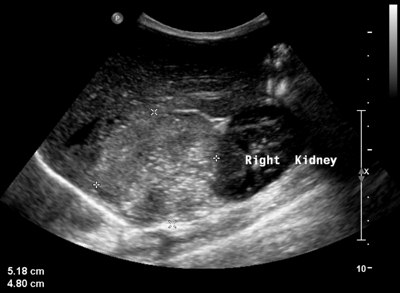Coulrophobia – Definition, Facts, Treatment, Symptoms, Causes
Coulrophobia Definition
All of us have fears or phobias, which are defined as persistent and irrational fear. When you have phobias of clowns, you have the phobia called Coulrophobia, which is a Greek word which was culled out from the Greek word kolobathristes . Symptoms of coulrophobia is like the one who walks in stilts. Stilts were the name given to clowns during those times.
This kind of phobia is commonly reported in children but adults as well as teenagers can have phobias such as this. The persons who have phobias in clowns usually acquire it because they have a bad experience with such in a personal situation. Sometimes, clowns are used as the antagonist in some movies. It is also defined as an extension of fear of having to cover one owns face with the use of paint. The axiom of hiding features which are recognizable under the facial layer by using paint which can also bring about Coulrophobia.

Coulrophobia Image
Coulrophobia Symptoms
Despite the fact that clowns are known to bring fun or give way a humor to their audience, persons who suffer from the fear of the clowns or those who have Coulrophobia will experience panic attacks when faced to faced or upon the encounter of clowns. Other associated symptoms include:
- Anxiety
- Feeling of dread or terror
- Palpitation or irregular or rapid heartbeat
- Having shortness of breath
- Intense perspiration
- Nauseated
- Mild discomfort
- Loss of mental stability and act as if one is going insane
- Fainting
- Lightheadedness
- Stomach pain
- Sweaty palms
- Feeling of terror
- Mouth becoming dry
- Limbs will start to shake
- Paranoid thoughts run around whenever one encounters clowns
- Unable to speak normally
Coulrophobia Causes
Negative experiences
Apparently, there are no medical or scientific inclinations to why such persons experiences Coulrophobia. Persons who have Coulrophobia make it a point that they avoid any circumstances which may lead them to experience meeting up with clowns. They try to avoid any kind of clowns or escape from the encounter of their biggest fear, which are clowns. The one typical thing why person experiences Coulrophobia is because they have encountered an experience with clowns, which they considered as traumatic for them. Aside from the negative experience, clowns are also used, as mentioned earlier, in horror movies which brings about another not so positive experience with clowns.
When clowns who are seen on television becomes huge persons in reality
Some children who are fond of children’s characters, which are fantasy such as clowns and Santa Claus, sometimes becomes terrified when what they see on television seems to huge or tall when they come face to face with such in the real world. Hence, they develop a sense of Coulrophobia.
Antagonist portrayal of clowns
Others persons, grow a fear of clowns upon the viewing of movies that have clowns portraying a monster or murder role. There are such movie makers which likes the irony of persons who brings happiness to others as someone who instantly becomes a painful source. Hence, they use clowns to portray the boogeyman, killer, and many other antagonist roles which may lead to persons having fear of clowns.
Learned behavior of Coulrophobia
Studies have shown that children who have parents having Coulrophobia also grown up to have one. There is a theory that phobias can be a learned behavior that we may grow up with because our surroundings tell us to be feared of something. Hence, we grow up fearing of those things.
Coulrophobia Facts
Clowns are funny performers who wear wigs, colorful make ups, and costumes. Its job is to entertain and provide the audience happiness. However, in the case of persons who have Coulrophobia what they offer are panic attacks. Statistics shows that one out of seven persons has Coulrophobia or has a fear of clowns. Hence, making this kind of phobia is very rare in occurrence. The persons with Coulrophobia do not only fear the clowns who they see with their own eyes, they also have encounter panic attacks whenever someone says the word clowns. Persons with Coulrophobia should not be judge accordingly but they have to be understood and accepted.
Coulrophobia Treatment
Gradual Exposure Therapy
The treatment suggests to persons who have phobias on clowns is through gradual exposure therapy. It is what psychologist would recommend, which is to face your fears for avoiding it will not help in any way. It may be easy to say such phrase but you can be accustomed to it in the long run and by the time you know it, you will be able to conquer your fear of clowns. Through doing such therapy you become more at home or familiar with the clowns. So how do you start, you might ask. The first thing that you do is to show them either pictures or videos that has clowns which displays a friendly clown and not show them horror films that depicts clowns as a monster or portraying a scary role. The goal is to find comfort or be comfortable with clowns. In such a way, the person who has Coulrophobia will be desentisized with their fear.

Gradual Exposure Therapy for Coulrophobia
Relaxation therapy
The person who has Coulrophobia is suggested to engage in therapies that relaxes them such as yoga, meditation, as well as acupuncture. This will not only help them deal with their fears, this will also bring about good health.
Free association therapy
Persons who have been dealing with Coulrophobia are suggested to consult a psychotherapist and recommended to undergo session that they call as free association therapy. During this therapy, the person is called to say whatever that comes into his or her mind when exposed with a certain thing. The person undergoing this therapy must be comfortable in saying things that are on his mind, there should be no instances that he or she should be embarrassed by saying such. This is an effective method that allows the person to voice out his or her negative experience and be able to understand what the person is going through.

